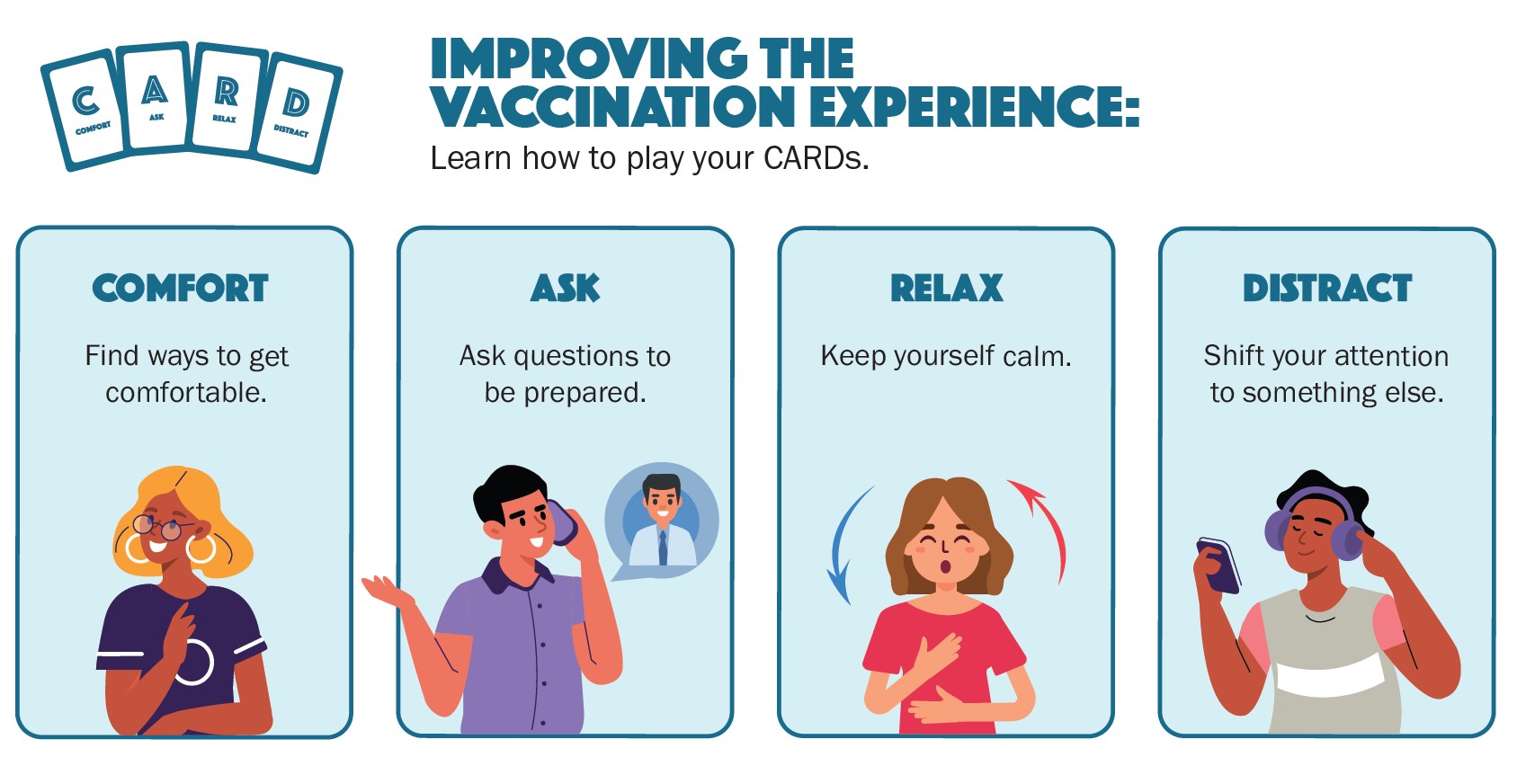HPV immunization policies
Strategies to support HPV immunization
While there have been advancements in HPV immunization, there are potential policy changes that could help improve immunization rates. Specific actions to address these areas are key components of the Action Plan for the Elimination of Cervical Cancer in Canada, 2020-2030.
On this page:
Hear from Stephanie Coombs, RN, on approaches to reach youth and adults outside of school-based programs.
Affordability
- School-based programs are a strength for equitable vaccine access. Every province and territory in Canada has this.
- Many jurisdictions provide financial coverage for the HPV vaccine outside of school-based programs. However, eligibility for these programs varies significantly by jurisdiction.
- Two options to further improve access include:
-
- publicly funded HPV vaccines for all people in Canada up to the age of 26; or
- a “once-eligible-always-eligible” approach.
Providing extended HPV vaccine coverage in Prince Edward Island
Prince Edward Island’s provincial immunization policy allows individuals who were offered the HPV vaccine in school but did not receive it, as well as those who self-identify as high-risk, the opportunity to get it for free. Learn more about PEI’s program.
Physical access
- Additional physical access to the HPV vaccine, beyond schools, can support meeting the needs of under-immunized populations. Settings may include:
- Pharmacies
- Mobile health buses and clinics
- Primary care and community health centres
- University and college campuses
- On- and off-reserve schools and Indigenous health and community centres
- Community-based vaccine clinics integrated with other social and health system programs
Acceptability
- Creating positive immunization experiences for children and adolescents is important to increase immunization uptake rates. Immunization should be conducted in comfortable, private, and culturally appropriate spaces.
- CARD System (C-Comfort, A-Ask, R-Relax, D-Distract) is an evidence-based framework for delivering immunizations. CARD is also an educational tool for health care providers and patients. CARD has been shown to improve the safety of immunization administration by reducing immunization stress-related responses (including fear, pain, dizziness and fainting) and to improve the immunization experiences of patients and providers.
- It Doesn’t Have to Hurt has resources for parents, health professionals, and researchers on how to manage needle pain and anxiety in children and adolescents.
- Involving youth in HPV and HPV vaccine discussions, and supporting and standardizing policies around mature minor consent can help increase HPV immunization uptake.
- Adopting electronic consent processes can remove barriers to HPV immunization uptake as these systems are seen as being more efficient, less labour-intensive, and less time-consuming than paper-based consent.
- Insights from students and parents indicated gaps in knowledge and misunderstandings toward immunization. Increased and consistent communication, as well as information provided in different languages, can support informed consent by parents/caregivers and increased HPV immunization.
- Insights from urban Indigenous, urban Inuit, and Métis people indicated a lack of trust and trustworthiness in the healthcare system. Recognizing and eliminating barriers, delivering culturally safe programming, and engaging with trusted Indigenous leaders are important strategies for increasing HPV immunization rates.
- Knowledge sharing, including local knowledge sharing events and intergenerational knowledge sharing, can also support HPV and HPV vaccine understanding among children, youth, parents, and caregivers.
Comprehensive data
- Equitable and culturally safe HPV immunization programs are paramount to increasing uptake. To ensure programs are equitably delivered, the collection of Peoples-specific and race-based data using culturally appropriate standards for data collection is crucial. This includes upholding First Nations, Inuit and Métis data sovereignty so that communities have access and control over their data.
- Improved immunization registries are one solution to increasing HPV immunization rates:
- At the local level: Collecting monthly vaccine coverage data for small areas (e.g., at the neighbourhood level) is an effective way for providers to monitor coverage rates across a region, allowing efforts to focus on specific areas with lower immunization coverage.
- At the jurisdictional level: Immunization registries consolidate individual-level immunization information regardless of geographical area and health service provider.1 The ability to access immunization records therefore provides the option for enhanced HPV immunization delivery outside of school-based systems.
- At the pan-Canadian level: Interoperability between provincial, territorial, and regional immunization databases can support health service delivery to individuals and communities.1
- Ongoing collection, monitoring, and evaluation of programs, including sharing successes and lessons learned across regions, provinces, and territories, will support understanding of how immunization program approaches have or have not been effective in increasing immunization rates.
Related content
- Rahmadhan M, Handayani PW. Challenges of vaccination information system implementation: A systematic literature review. Hum Vaccin Immunother. 2023;19(2):2257054. Epub 2023/09/25. doi: 10.1080/21645515.2023.2257054. PubMed PMID: 37747287; PubMed Central PMCID: PMCPMC10619519.
Previous: Health inequities

